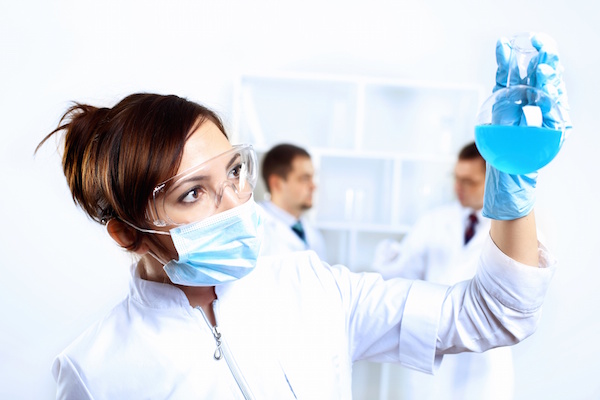<img src="http://thehealthcast.com/wp-content/uploads/2011/06/ecoli3.jpg" alt="" title="Deadly E. Coli Strain in Europe Should Serve as Warning, Experts Say” class=”alignleft size-full wp-image-161″ />
THURSDAY, June 2 (HealthDay News) — The emergence of an unusually dangerous strain of E. coli bacteria in Europe should serve as a red flag for U.S. health officials, experts say.
“Bacteria are constantly mutating and changing. They’re not necessarily becoming more severe, but they are becoming more different,” said Dr. Bruce Hirsch, an attending physician in infectious diseases at North Shore University Hospital in Manhasset, N.Y. “The fact that a strain can pop up like this and cause hundreds of cases and scores of mortalities [shows that] we have to be ever ready for the emergence of new strains.”
Hirsch added that he thought it was “extremely unlikely” that this particular strain of E. coli would cross the Atlantic. One possible reason: little produce — believed to be the source of the contamination — is imported to the United States from Europe.
“So far, it looks like a European problem,” added Vernon Tesh, associate chair of microbial and molecular pathogenesis at the Texas A&M Health Science Center College of Medicine in Bryan.
In Europe, the E. coli outbreak has killed 18 people and sickened at least 1,600, primarily in northern Germany, which appears to be the epicenter of the problem. The illness is unusually severe, with some 500 — or nearly a third of those affected — developing a potentially life-threatening kidney problem called hemolytic uremic syndrome.
This compares to about 10 percent of people developing acute renal failure from the more common form of E. coli 0157:H7, Tesh said. The German strain is 0104:H4.
There have been a handful of cases reported in the United States, but only among travelers who have returned from Germany.
The new strain is also unusual in that it seems to be hitting primarily women and adults rather than children and the elderly.
“This one is new, and it’s much more severe,” said Hirsch.
“It’s alarming,” Tesh added. “We really don’t want to deal with this microorganism.”
Early research suggests that the new lethal strain evolved from two different E. coli bacteria with aggressive genes.
“These E. coli are extremely plastic [flexible] in their genome. They’re able to move pieces of DNA around so they can acquire new genes,” Tesh said. “It looks to me that we’re seeing is a strain of E. coli that has acquired not only the toxin gene but it’s acquired a set of genes that allows it to adhere quite efficiently to the human intestinal tract.”
Consumers should take the same precautions with food they always have, Tesh advised, which means keeping meat, particularly raw hamburger or raw beef, separate from other foods, washing cutting boards after they’ve had meat on them and washing fruits and vegetables thoroughly.
According to the U.S. Centers for Disease Control and Prevention, E. coli is a common bacteria that lives in the intestines of animals and people. There are many strains of E. coli. Most are harmless.
But other strains, such E. coli O157:H7 can cause sickness. Some people, especially children under 5 and the elderly, can become very sick. The infection damages their red blood cells and their kidneys. This only happens to about 1 out of 50 people, but it is serious. Without hospital care, they can die. See a doctor right away if you think you may have gotten sick from E. coli O157:H7, the CDC advises.
More information
The U.S. Centers for Disease Control and Prevention have more on E. coli.

